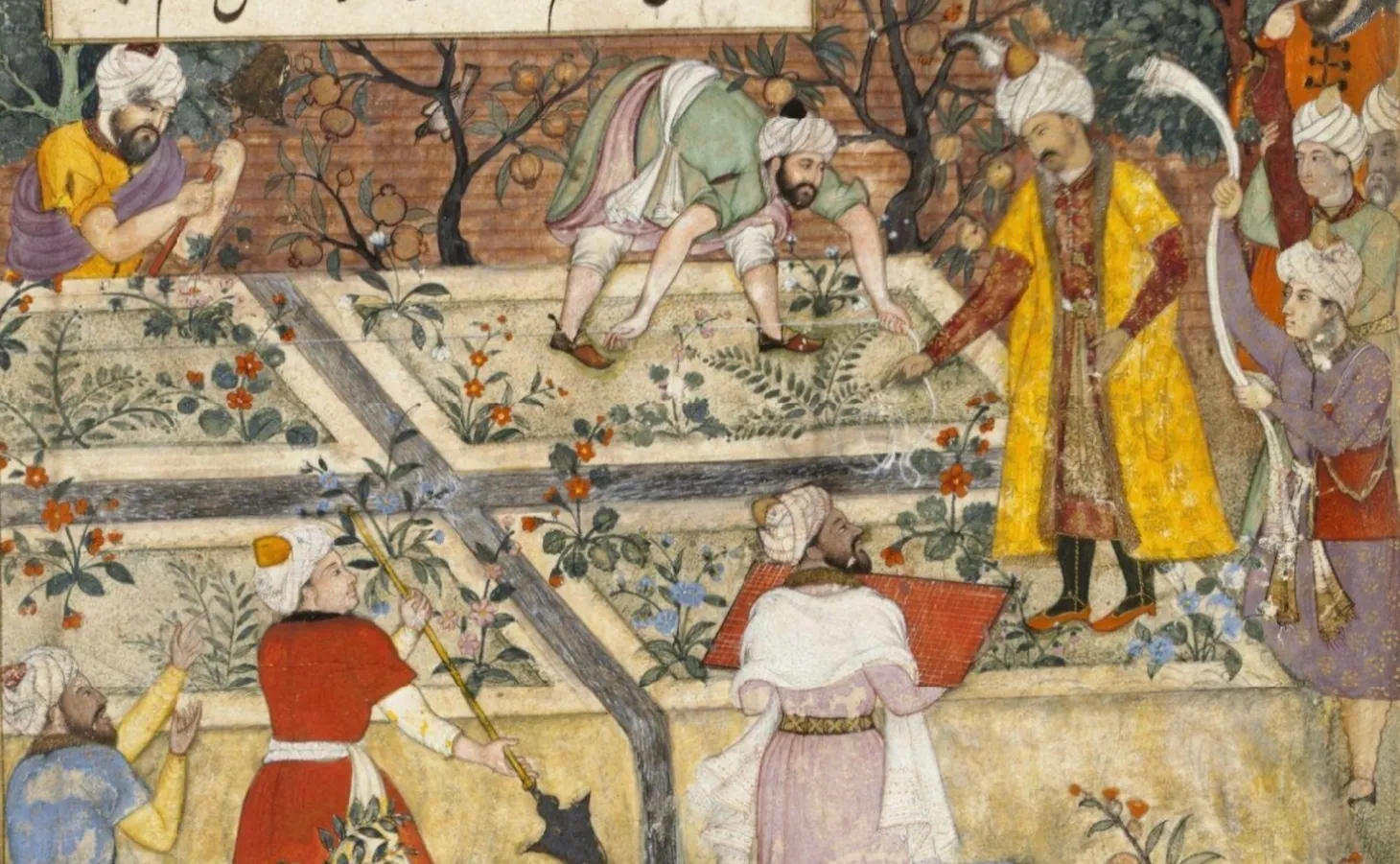Islam
“People of All Tongues”: Teaching the Continuity of Religious Diversity in Dar al-Islam
Discussion of teaching the continutity of religious diversity in Dar al-Islam
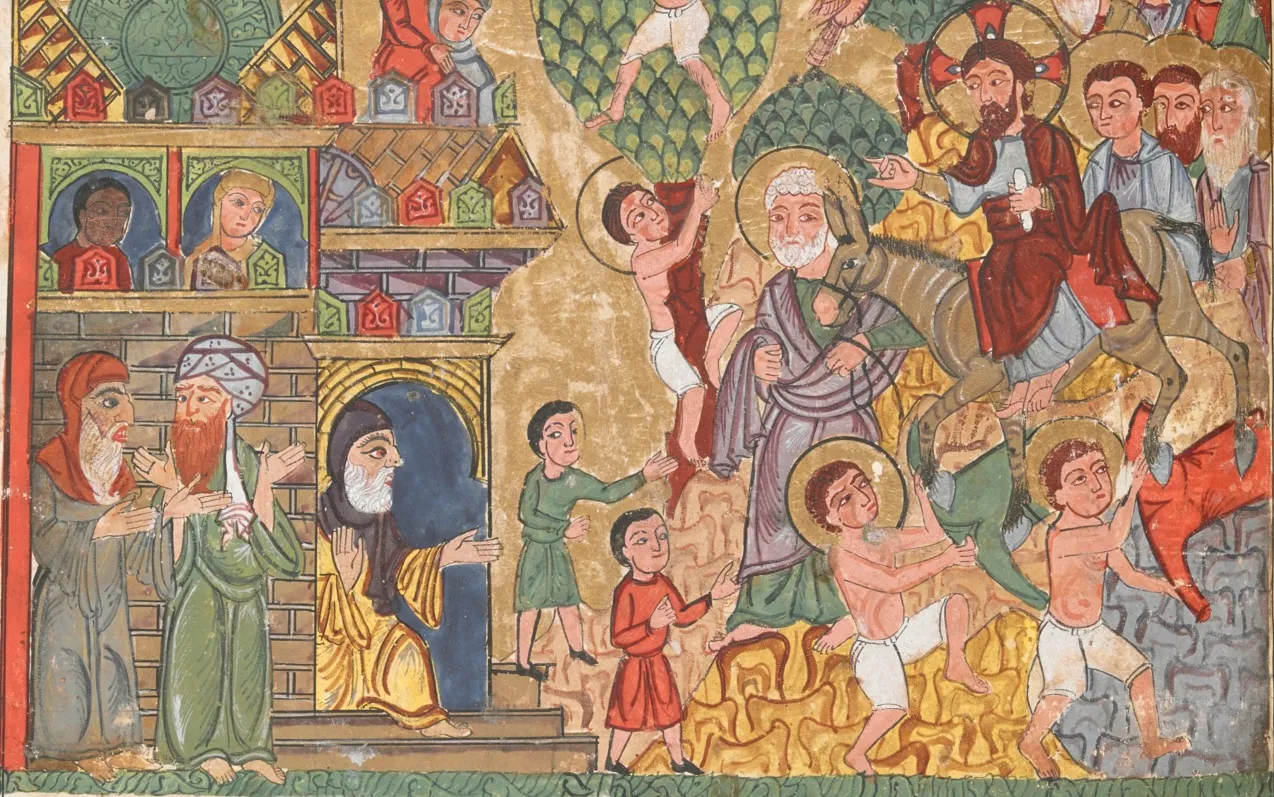
“The Young Man Loved Jaffa”: Ottoman Palestine in the Late Nineteenth Century
Discussion of teaching late nineteenth-century Ottoman Palestine
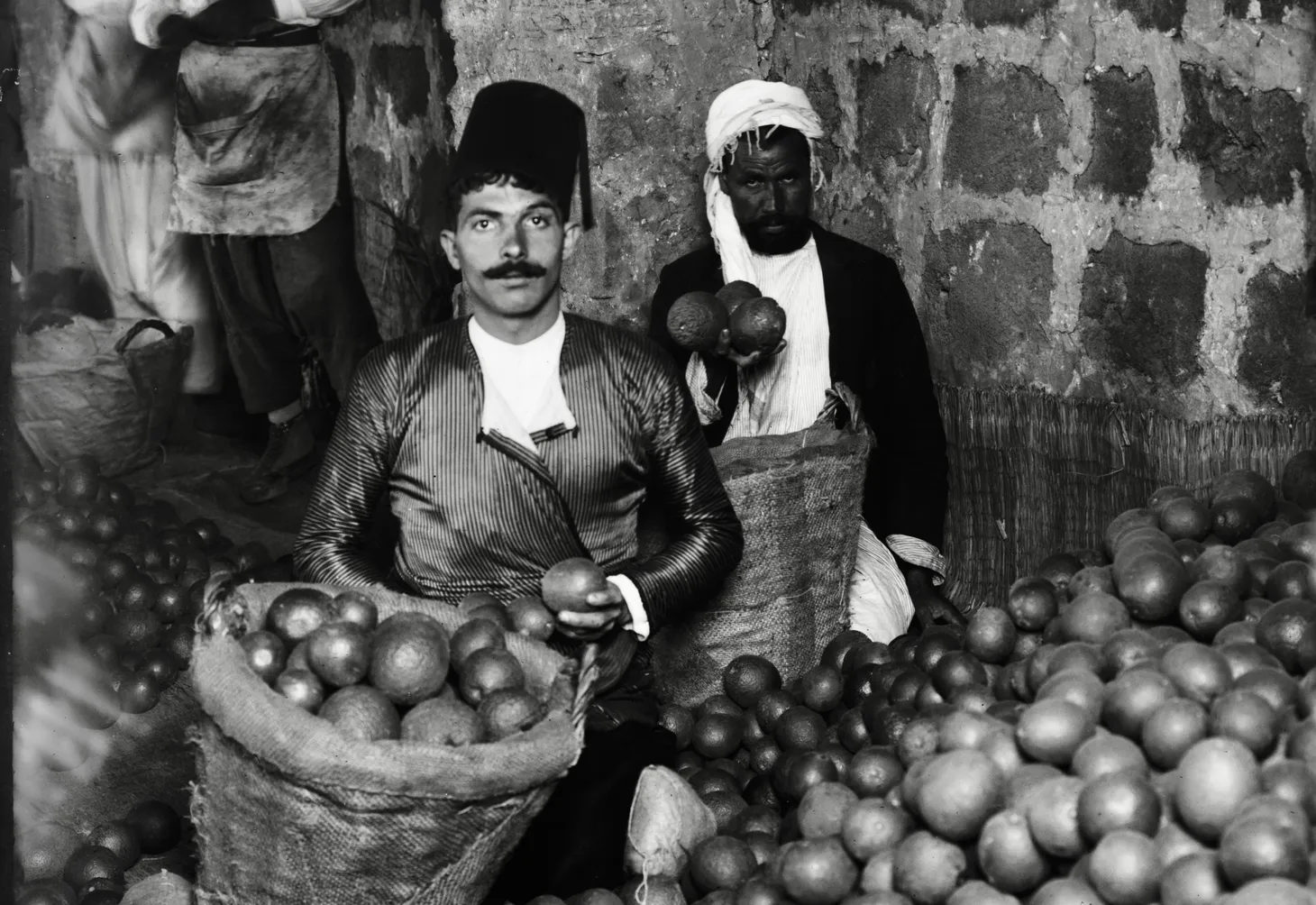
“When Any of You Intend to Divorce”: Teaching Continuity and Divorce in the Medieval Islamic Middle East, c.600 - c.1600
A discussion of teaching continutiy using examples of divorce in the Islamic Middle East
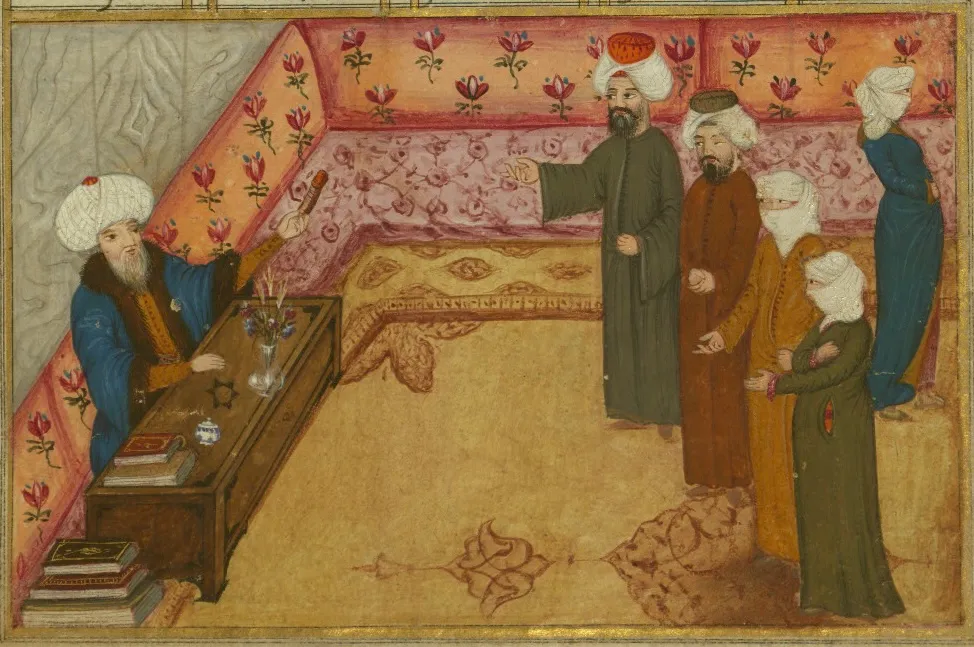
“There is One God”: Teaching Sikhism and Syncretism
A discussion of how to teach the Hindu and Islamic influences on Sikhism.
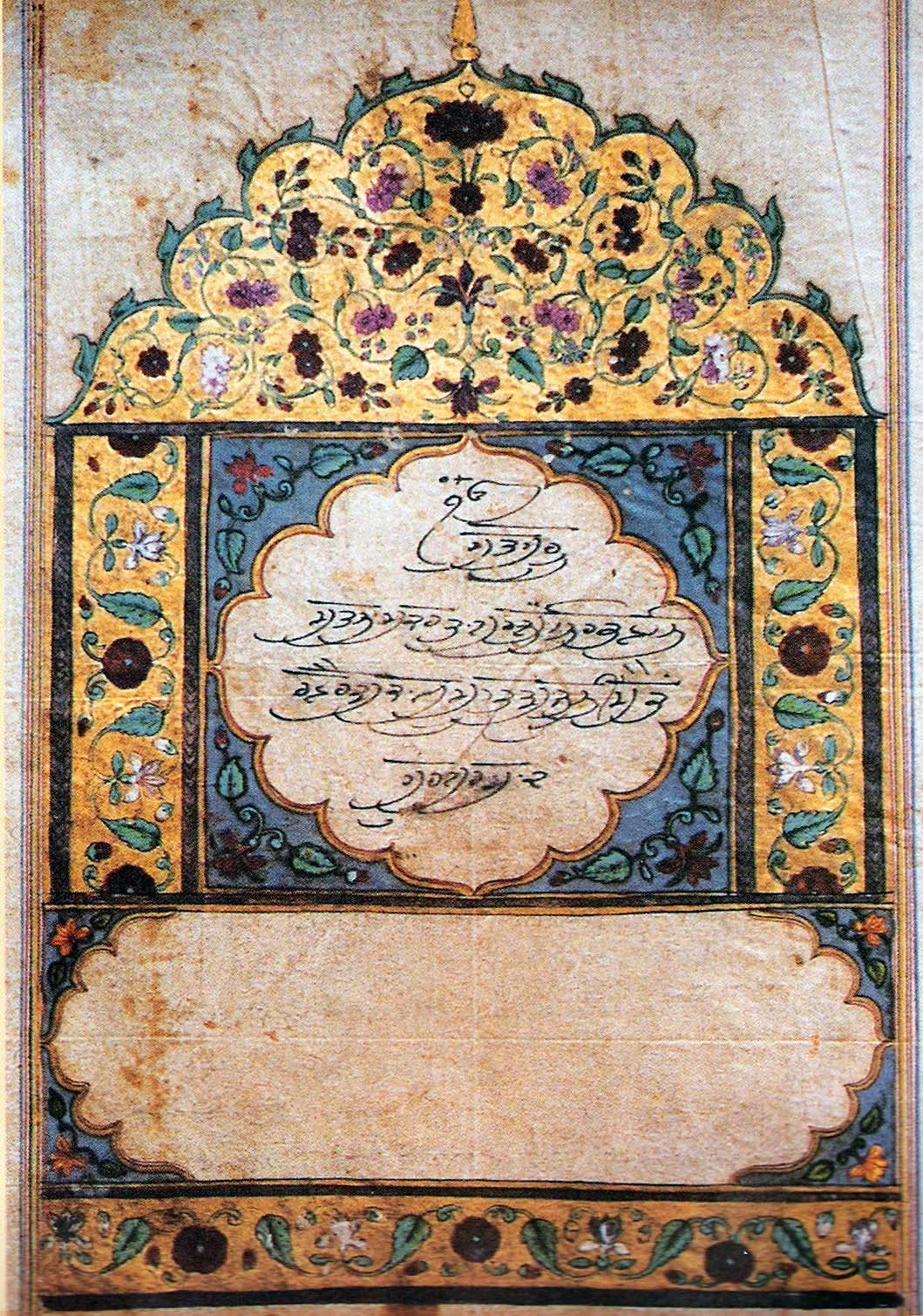
“Filled with Various Races”: The Indian Ocean Exchange Network in the Long Nineteenth Century
A discussion of how to teach the Indian Ocean exchange network in the nineteenth century.
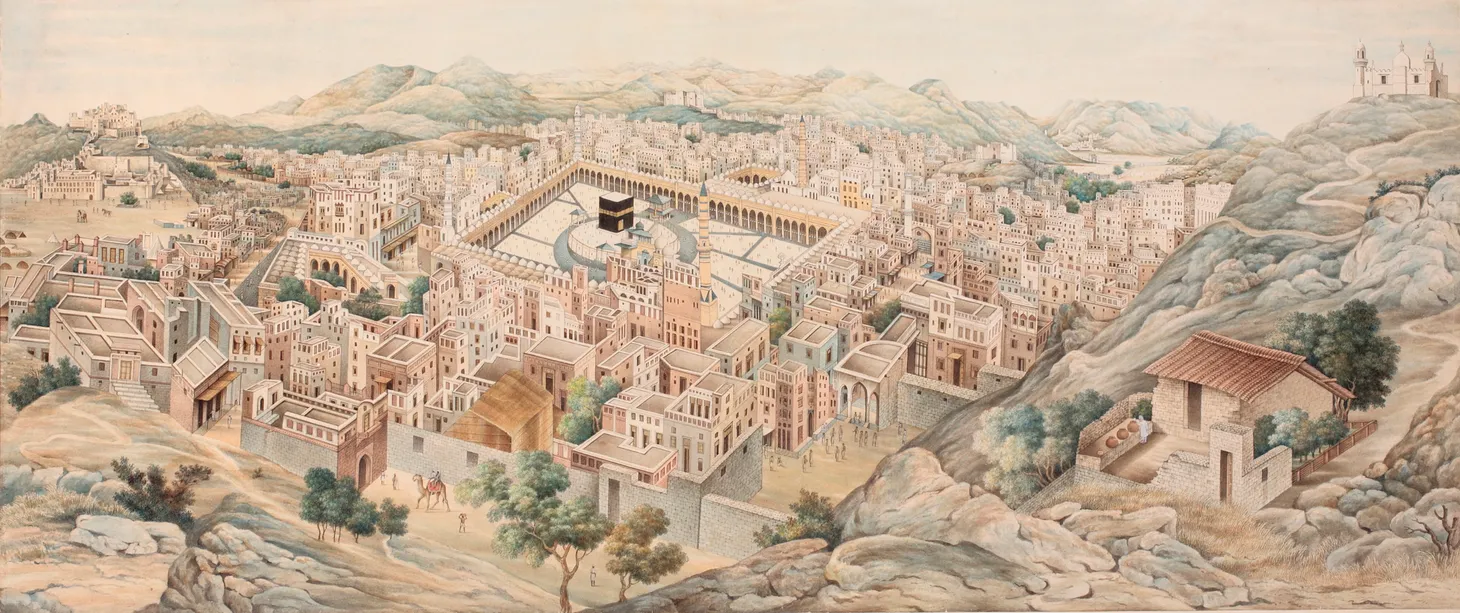
“Entered Malabar and Built Mosques”: The Spread of Islam in Southern India
A discussion of how to teach about the spread of Islam in the Indian Ocean
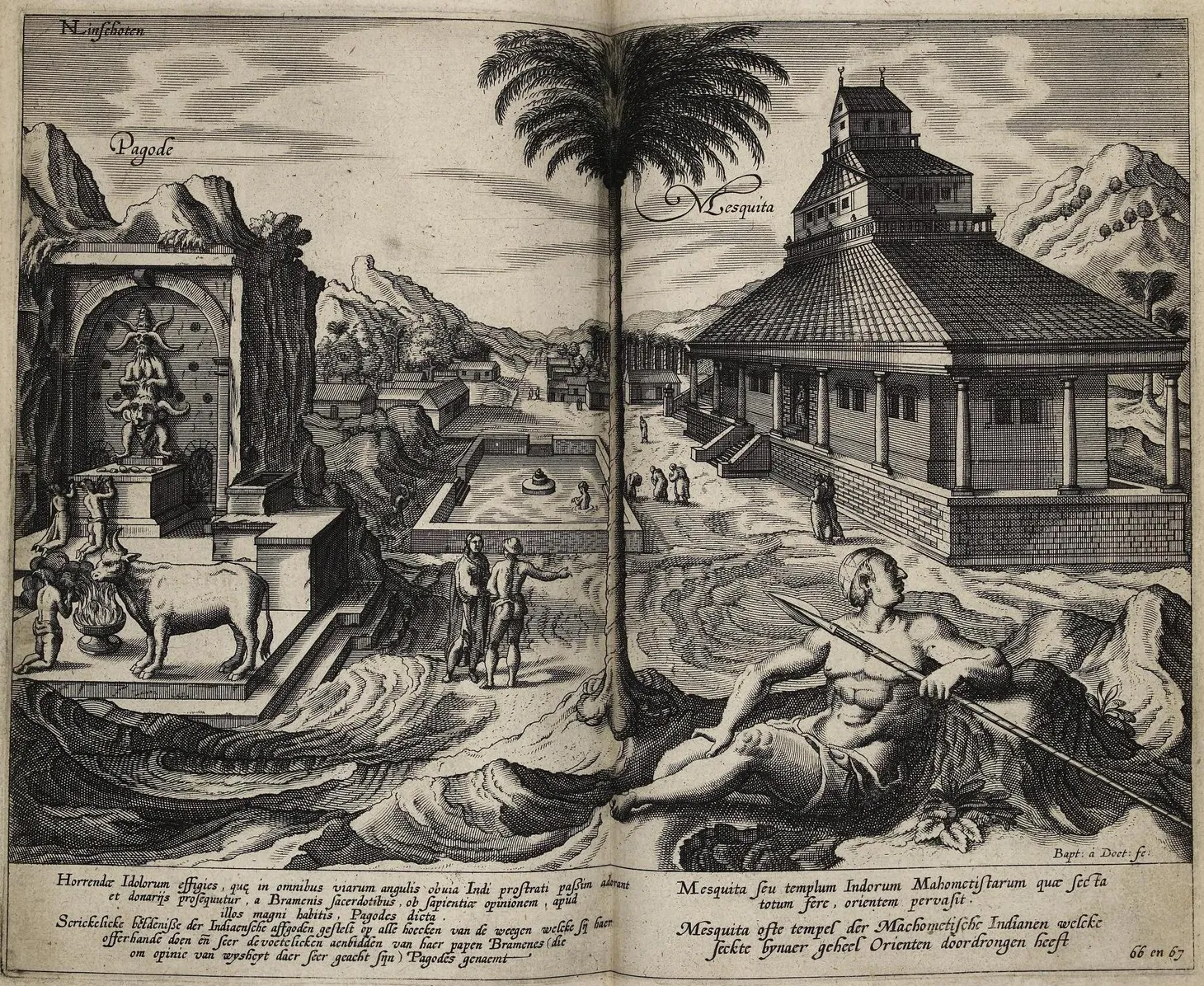
“Merchants From All Quarters”: The Indian Ocean Exchange Network, c.1000 - c.1500
Discussion of how to teach the Indian Ocean exchange network between 1000 and 1500 C.E.
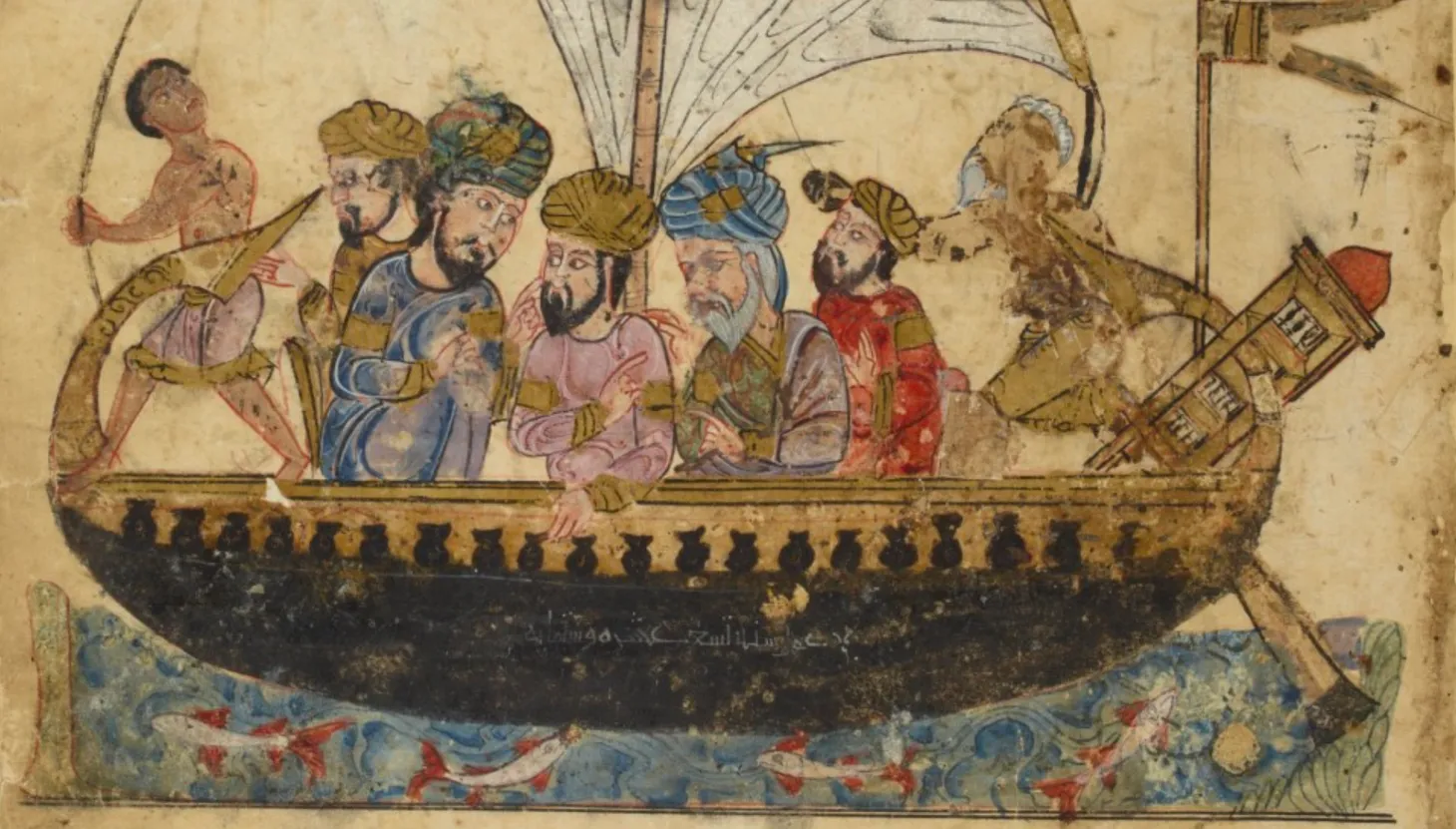
“Live in the Vale of Peace”: Religion and the Mughals During the Reign of Aurangzeb, 1658-1707
A discussion of how to teach the Mughal Emperor Aurangzeb using paintings and primary sources.
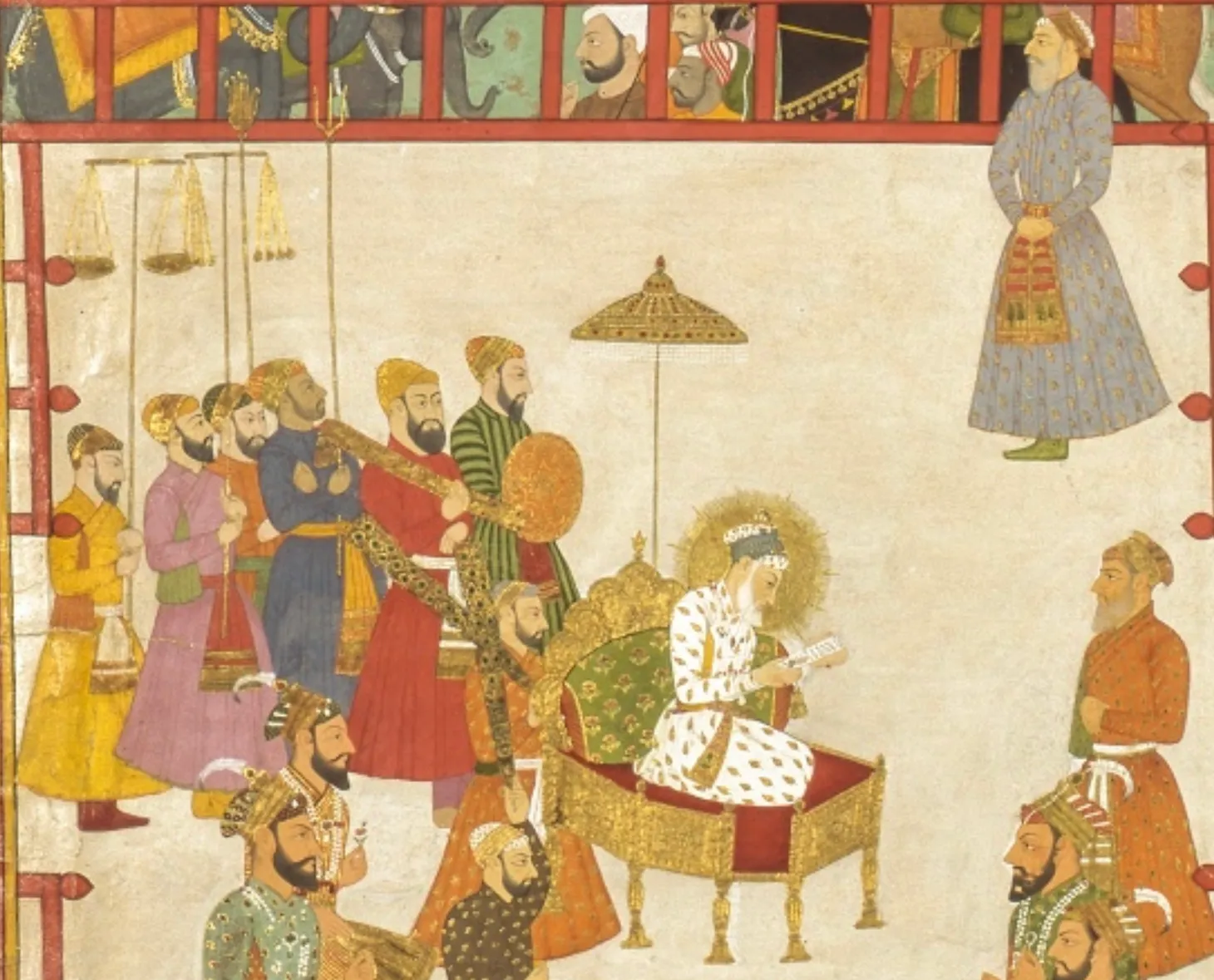
“A Devotee of Dervishes”: The Mughal Empire During the Reign of Jahangir, 1605-1627
A discussion of how to use paintings of the Mughal Emperor Jahangir to teach about the Mughal Empire in the seventeenth century.
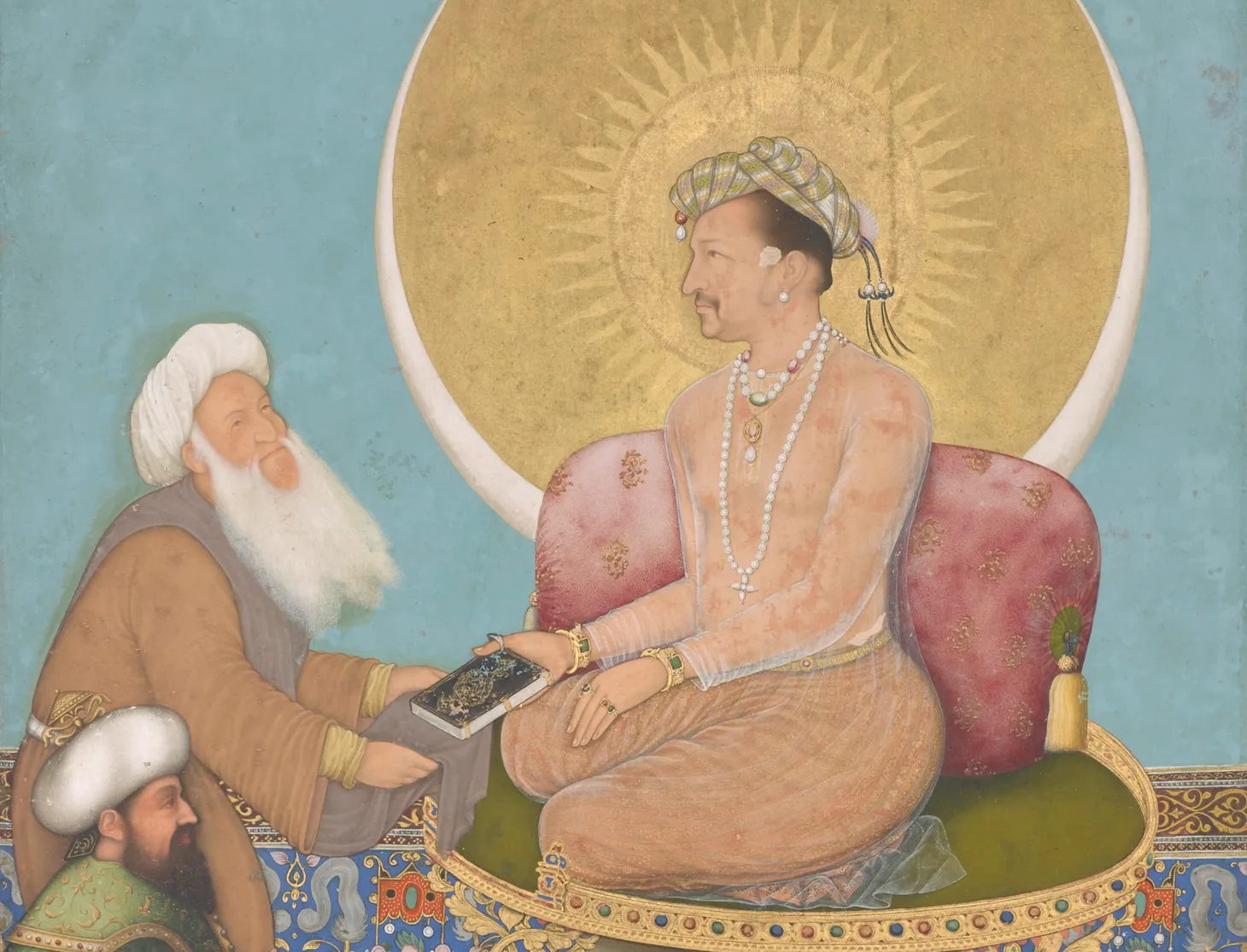
“Marvelously Regular and Geometric Gardens”: Babur and the Founding of the Mughal Empire
A discussion of Babur, the first Mughal Emperor, as a gardener.
